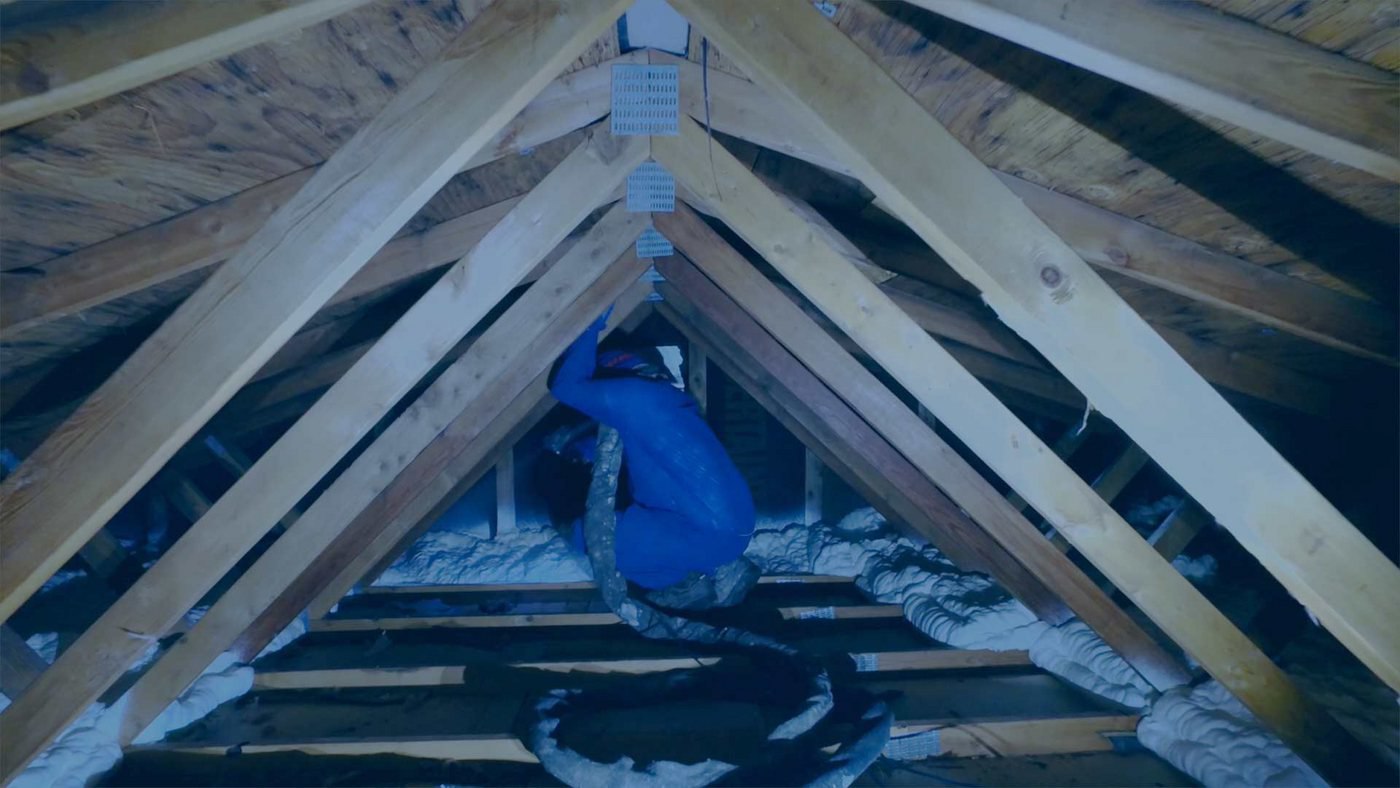As you can see from the image above there are some differences in the benefits these materials have to offer.
Attic insulation types comparison.
Blown in insulation can settle over time and does not seal bypasses or conform around outlets like foam does.
For more information about cellulose insulation and insulation materials comparison visit our website.
It s generally 3 to 4 times what you ll pay for blown cellulose or fiberglass.
For diy attic insulation you ve got two choices.
We are here to help insulation is what we do best.
If you don t have hvac and ducts in the attic spray foam on the roofline isn t really necessary.
Once you ve decided which type is best for you examine the material options and prices to home in on the right product.
Attic insulation keeps the desirable temperature in and the undesirable temperature out.
The attic is one of the most essential areas of the home to ensure proper insulation in.
Types of attic insulation.
Your home s r value score will guide you toward the type of insulation you need.
When you compare insulation types you ll discover the many advantages of usa premium foam insulation.
In particularly cold climates you might go up to r 60.
Loose fill or batt the common term for blanket insulation.
Don t let money fly out of your roof.
I d blow insulation on the attic floor after air sealing of course.
R value measures how resistant types of insulation are to heat flow.
The most common types of attic insulation are cellulose fiberglass and spray foam.
Blanket insulation the most common and widely available type of insulation comes in the form of batts or rolls.
Green attic insulation experts.
It consists of flexible fibers most commonly fiberglass.
In general an attic s r value should be between r 30 and r 49.
Insulation is rated by its r value.
Attic insulation contrast compare.
Let s take a a closer look at each material to see which will be best for your attic s needs.
Usa insulation is a healthier cleaner safer quieter type of insulation with a higher r value.
Insulation decreases the amount of heat entering from outside when it s hot and traps warmth inside when it s cold.
The big disadvantage with spray foam is cost.
For example if you have a type of insulation that has an r value of r 5 per inch of thickness you will need a depth of 6 inches of this insulation installed your attic to reach r 30 if you live in zones 2 or 3.
Both can be added to uninsulated attics or layered over existing material.
R values vary based on the type thickness and density of the insulation material.

